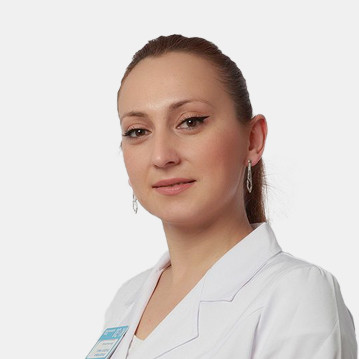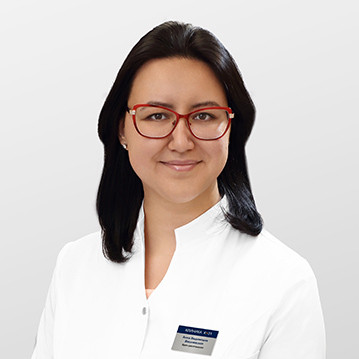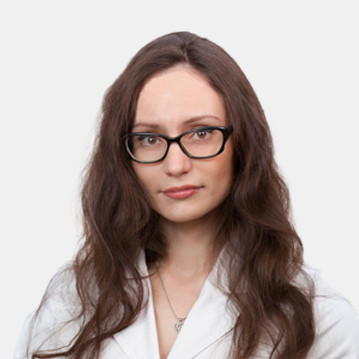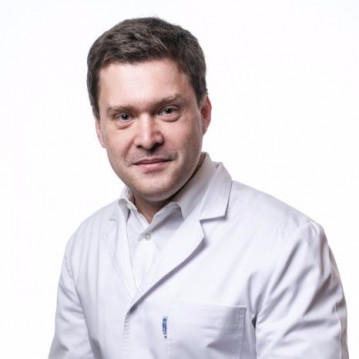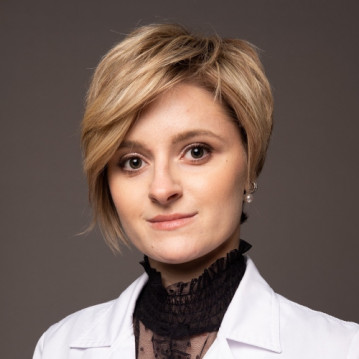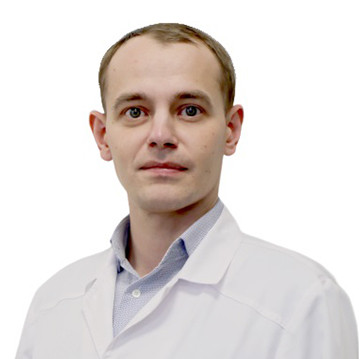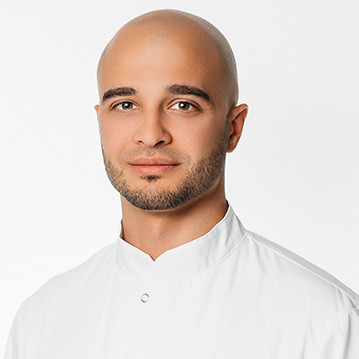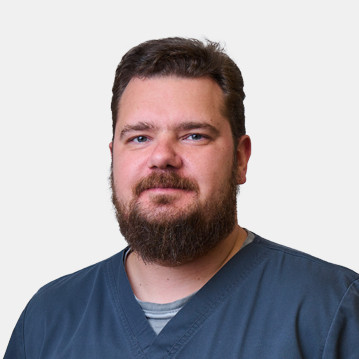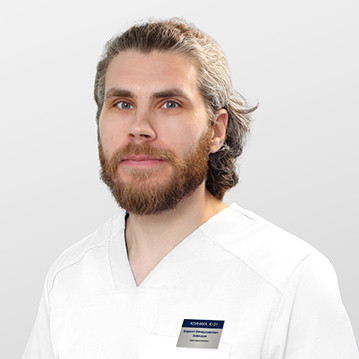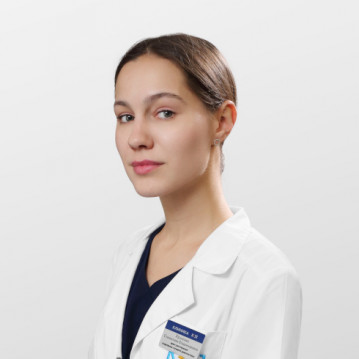Computed tomography of the brain is performed by scanning the target area using x-rays. Modern CT equipment makes it possible to study the structures of the skull in layers and to make a three-dimensional image of the brain structures. To study the cerebral circulation and study local areas of the brain, a CT scan of the head is performed using a contrast agent.
What is head CT
By analogy with radiography, the method of computed tomography is based on the selective absorption of ionizing radiation by tissues. Passing through areas of different density, the energy of the rays is weakened to one degree or another, so soft tissues and bones are visualized differently on x-rays. The denser the area, the lighter and sharper its outlines will be in the black and white image.
The tomograph frame, equipped with sensors, rotates around the patient's body, taking a series of images from several angles. The signals coming from the sensors are processed by a specialized program that superimposes images on top of each other and forms a three-dimensional model of the brain.
Skull CT is considered more informative than radiography, because after processing it creates more detailed images and a more detailed diagnostic picture.
Indications for examination
Computed tomography is used as a screening method to search for possible violations of the anatomy and physiology of brain structures. The reason for the appointment of CT of the brain and blood vessels may be complaints about:
- intense, prolonged, recurring headaches;
- attacks of nausea and vomiting not related to digestion;
- deterioration of visual and auditory perception;
- dizziness;
- tinnitus of unspecified cause;
- impaired memory and attention;
- sleep disorders;
- loss of consciousness;
- speech disorders;
- unsteady gait;
- flickering “flies” before the eyes;
- blood pressure drops;
- weakness, numbness in the upper and lower extremities.
Tomography is included in the list of mandatory studies for primary convulsive syndrome, as well as repeated attacks of epilepsy in combination with fever, headache, history of oncology.
A CT scan of the brain is recommended for head injuries - the picture will show violations already 6 hours after the incident. In this regard, the tomogram is superior in information content to MRI, allowing early identification of the consequences of injury. Timely visualization of GM tissues helps doctors choose the optimal treatment tactics and prevent the development of complications.
In maxillofacial surgery and dental practice, CT of the brain is used to assess the condition of the temporomandibular joints and jaw bones before surgery and dental implantation.
In emergency medicine, computed tomography of the head is performed in case of suspected cerebrovascular accident, in the acute phase of a stroke and in the post-stroke period to assess the degree of brain damage.
What does head CT show
Computed tomography of the brain gives an idea of the state of the vault and base of the skull, temporal bones, paranasal sinuses, soft tissues, cavities, sinuses and blood vessels. CT with contrast well visualizes the subclavian, vertebral, carotid arteries and the brachiocephalic trunk, which allows for a comprehensive assessment of the features of cerebral circulation.
What can be detected with a CT scan of the brain:
- consequences of head injuries - cracks, fractures, hemorrhages, liquor leaks;
- signs of a stroke;
- primary malignant neoplasms and metastases;
- anatomical anomalies of the skull and brain structures;
- localization of foreign bodies;
- signs of inflammatory processes - meningitis, encephalitis;
- damage to the auditory and optic nerves, eyeball, inner ear;
- fluid accumulation (dropsy GM) and degree of edema;
- suppuration in the epidural and subdural spaces;
- GM infarction;
- changes in size, compression or displacement of the GM ventricles;
- benign tumors.
CT of the brain with contrast helps to determine the diagnosis of suspected thrombosis, vascular aneurysms, atherosclerosis, arteriovenous fistulas, malformations, cavernomas. The violation is judged by changes in the localization of the vessels, the width of the lumen, the features of the circulation of the contrast agent and its outflow outside the vascular wall.

